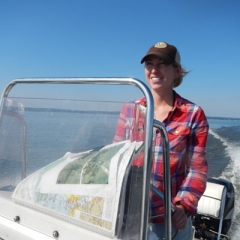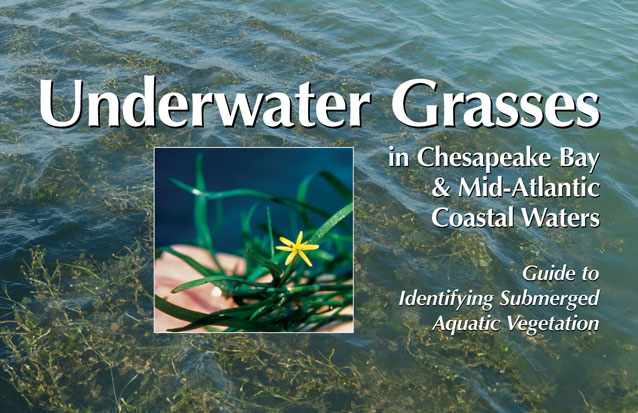Knauss legislative fellowships in Congress help build careers — and they're fun and educational. See our video and fact sheet for details.
Things Just Got Real: Communicating Research Results Is Serious Business
I had finally finished over a year’s worth of careful data analyses from my graduate research project on the Chesapeake Bay, and I was ready to share them with the rest of the world. Together with my advisor, Michael Kemp, I wrote a paper reporting my results and submitted it to a scientific journal. Publishing in scholarly journals is often a source of anxiety for young scientists, who worry about how the academic community will perceive their work. My case was no exception. However, when the journal (actually!) accepted my paper and I should have been jumping for joy, I instead felt more angst. Our institution had put out a press release about the publication, and we began receiving calls from reporters. Now my work would be exposed to an even broader audience and I worried that people would question or misinterpret our results.
It’s not like we discovered the secret to nuclear fusion or made some other sensational breakthrough that would be heavily scrutinized. Our paper aimed to identify what caused a sudden resurgence of submersed plants in the upper Chesapeake Bay—good news because underwater grasses are valuable yet disappearing throughout the world. Environmental success stories are relatively rare these days, and media outlets were keen to report ours. So, while our paper wasn’t particularly controversial, I still felt pressure to get the story right—to convey it accurately but in a way that people would understand.
Underwater Grasses Help Clean Chesapeake Bay. Credit: Associated Press.
Although I had attended several trainings on communicating science, I never quite understood the responsibility that scientists bear until I was thrown into the deep end. Science, whether cutting-edge or seemingly mundane, informs decisions and actions that affect society and the environment every day. It’s our duty to not only report the results of our research but to do it in a way that is truthful and free from bias. Consequently, I made sure I completely understood my analyses and results so that I could explain and defend their accuracy if necessary. My advisor and I also sat down to distill our complex paper down to its essence so that we would be prepared to discuss it in simple yet correct terms with journalists. Our “elevator pitch” went something like this: “Underwater plant bed disappears, then unexpectedly recovers 30 years later. The cause was a combination of decreasing nutrient pollution and several consecutive years with low rainfall. Good news for anglers, who fish for bass foraging in the grass bed.”
In the end, I didn’t sink. The paper was generally well received by colleagues and some great news articles, like this one in the Baltimore Sun, this one in the Bay Journal, this radio story on WAMU, and the video above, resulted from the press release and subsequent interviews. Reporters' background knowledge encompassed a wide spectrum, and we had to spend time explaining details to some more than others. One of the main things I learned was to ask what a reporter already knows rather than guess—we all know what happens when we assume. Also, shout out to Maryland Sea Grant, which gave me some practice working with science writers when it published this article several years ago.
Upon reflection, I’m glad I received such a valuable hands-on lesson early in my career. I’m not sure the apprehension will ever disappear, but next time I’ll be prepared to tackle it head-on.
Photo, top left: Cassie Gurbisz piloting a vessel near the Susquehanna Flats. Credit: Debbie Hinkle.
Cassie Gurbisz also shared her research with the public through another means – she planned, filmed, and edited her own video about it. Check it out on YouTube.
Sign up to receive email alerts about new posts to the Fellowship Experiences blog
See all posts to the Fellowship Experiences blog





